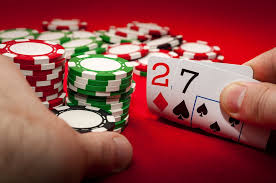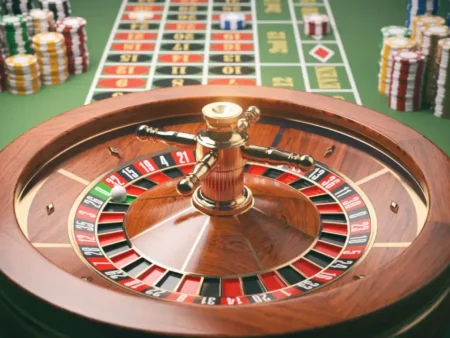The Martingale system is one of the most well-known and widely debated betting strategies in the history of gambling. Rooted in 18th-century French gaming culture, it is based on the deceptively simple logic that losses can be recovered by doubling bets. While it appears mathematically sound in theory, its real-world application reveals significant flaws and dangers.
The Martingale Betting System: A Double-Edged Sword in Gambling Strategy

I. Core Principle
The Martingale system operates on a fundamental premise:
After each loss, the player doubles their bet so that the first win will recover all previous losses and gain a profit equal to the original bet.
Example:
Assume an initial wager of $10:
- 1st bet: Lose → $10
- 2nd bet: Lose → $20 (cumulative loss: $30)
- 3rd bet: Lose → $40 (cumulative loss: $70)
- 4th bet: Win → $80 (net profit: $80 – $70 = $10)
This approach appears to guarantee a win eventually—provided the player has unlimited capital and no betting limits.
II. Assumptions & Theoretical Conditions
To work successfully in theory, the Martingale method depends on several unrealistic assumptions:
- Unlimited Bankroll – The player must be able to double indefinitely.
- No Table Limits – Casinos must allow infinite bet sizes.
- Near-50% Win Probability – Typically applied to even-money bets (e.g., red/black in roulette, banker/player in baccarat).
- Stable, Predictable Outcomes – Independent and fair trials over time.
Since none of these assumptions hold in real-world gambling, the Martingale system is inherently flawed in practice.
III. Advantages
Despite its pitfalls, the Martingale system offers several attractive features:
1. Simplicity
- Easy to understand and implement, even for novice gamblers.
2. High Short-Term Success Rate
- As long as a long losing streak doesn’t occur, the system often delivers frequent small wins.
3. Psychological Appeal
- The strategy can boost player confidence during short-term winning streaks.
IV. Risks & Disadvantages
1. Exponential Growth in Bet Size
- Each loss requires doubling the stake. After 10 consecutive losses, a $10 base bet escalates to $10,240.
2. Rapid Bankroll Depletion
- A modest string of losses can wipe out a large portion of a player’s capital.
3. Casino Betting Limits
- Most tables cap maximum bets, usually 50–500 times the minimum, making full Martingale progression impossible.
4. Psychological Stress
- The fear and anxiety during losing streaks can impair decision-making and increase the risk of irrational behavior.
V. Variants and Modifications
To address its shortcomings, many variations of the Martingale system have emerged:
1. Reverse Martingale (Paroli System)
- Double bets on wins, reset after losses—minimizes loss exposure and capitalizes on winning streaks.
2. Grand Martingale
- Increase bets by 2x plus one unit after each loss—accelerates profit recovery but increases risk.
3. Mini-Martingale
- Apply the system for only a limited number of steps (e.g., 3–5 rounds), with a fixed loss cap.
VI. Ideal Use Scenarios
When to Use:
- Even-money bets with low house edge (e.g., banker in baccarat at 1.06%).
- Short, disciplined sessions with firm stop-loss and win targets.
- When playing with small base bets and relatively high table limits.
When to Avoid:
- High-variance games (e.g., slots).
- Low-capital or emotionally reactive players.
- Tables with restrictive bet limits.
VII. Conclusion
The Martingale strategy offers a seductive illusion of certainty: “You can’t lose forever.” However, mathematical reality, practical constraints, and human psychology often render it a dangerous trap rather than a reliable strategy.
Success in gambling doesn’t come from doubling bets blindly—it comes from discipline, sound bankroll management, and a deep understanding of probability. While the Martingale system may provide short-term excitement, long-term success demands far more than a simple doubling formula.












